Earlier this month, GenPac Drones helped the Rebuild Paradise Foundation train the drone pilots of the future as part of the Inaugural Paradise Ridge Drone Camp in Paradise, CA. This part of northern California was devastated by the ‘Camp Fire’ wildfire in 2018, and the Foundation is a non-profit organization working to rebuild the area.
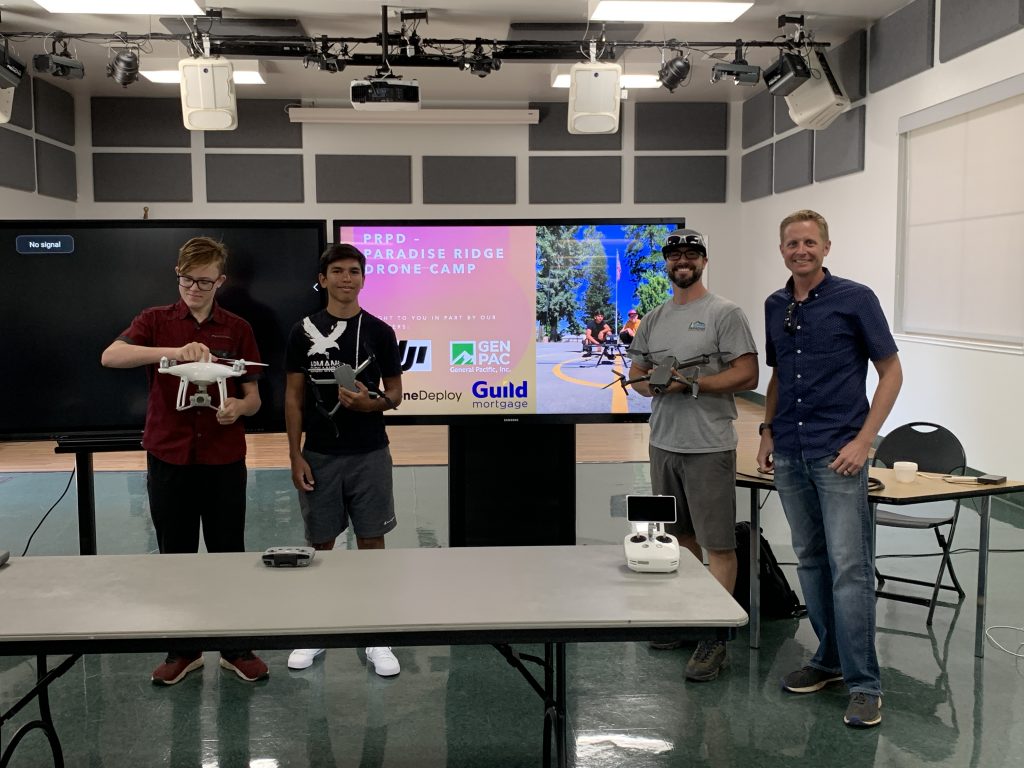
Paradise Ridge Drone Camp
The event was held as a career opportunity for high school students who had been affected by Camp Fire. It was a joint effort between the Rebuild Paradise Foundation, Paradise Recreation and Parks Department, and GenPac Drones and DJI.
Charles Brooks, from the Rebuild Paradise Foundation, was the lead tutor at the weekend, enlisting the help of GenPac Drones to provide equipment and expertise. The aim was to teach rural children, who are from an area that’s recovering from the devastating wildfire, new skills that combine emerging technology with working outdoors.
When Charles got in touch with us early on to see if we’d be interested in getting on board, we couldn’t say yes quickly enough. We attended one day of the event, and brought a whole fleet of drones with us, including models such as the DJI M-300. This allowed the students to get hands-on with the technology, and have opportunities that many professionals don’t even get to have. Indeed, each student was offered the opportunity to fly a drone on the day, which contributed massively to their experience.
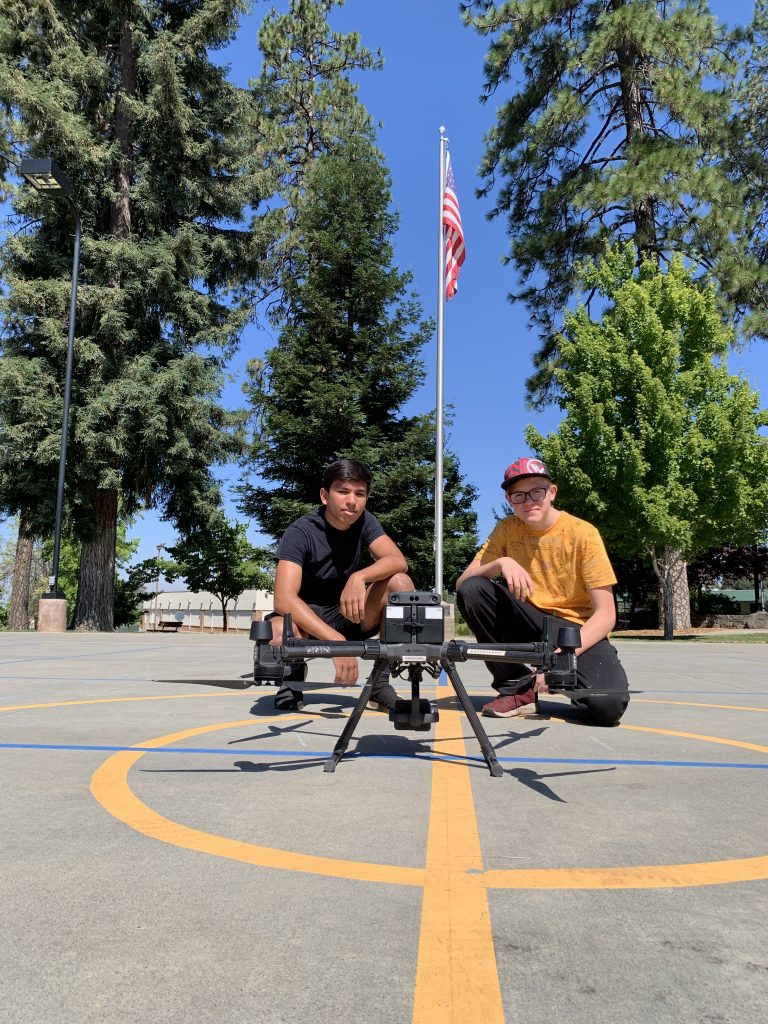
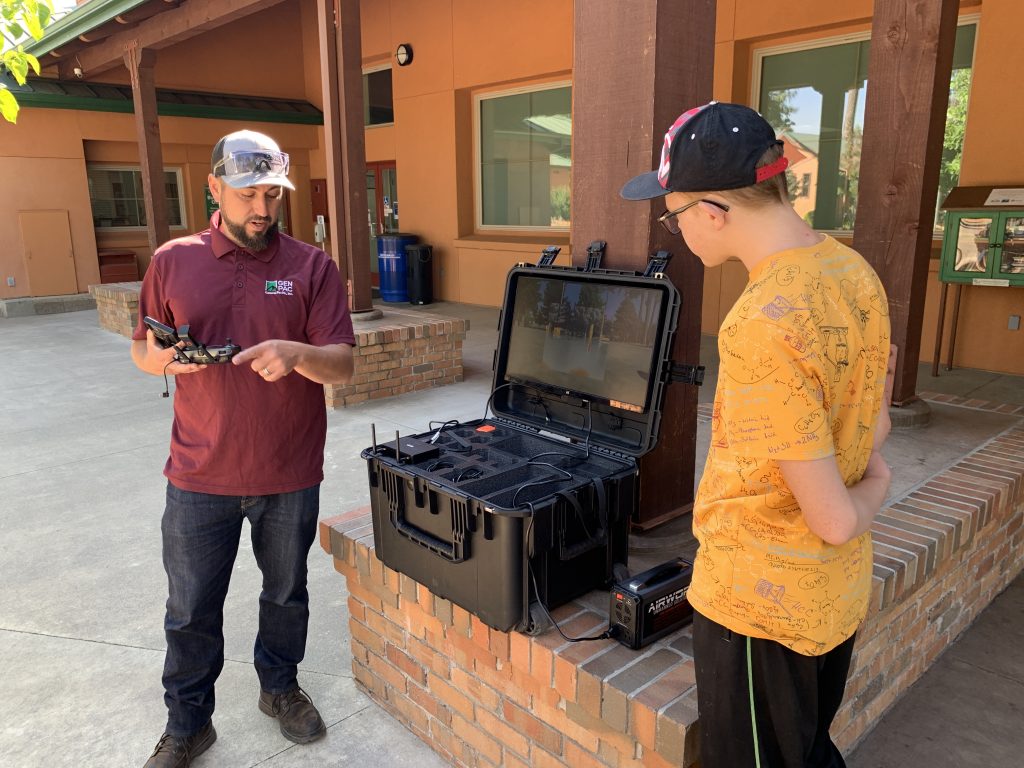
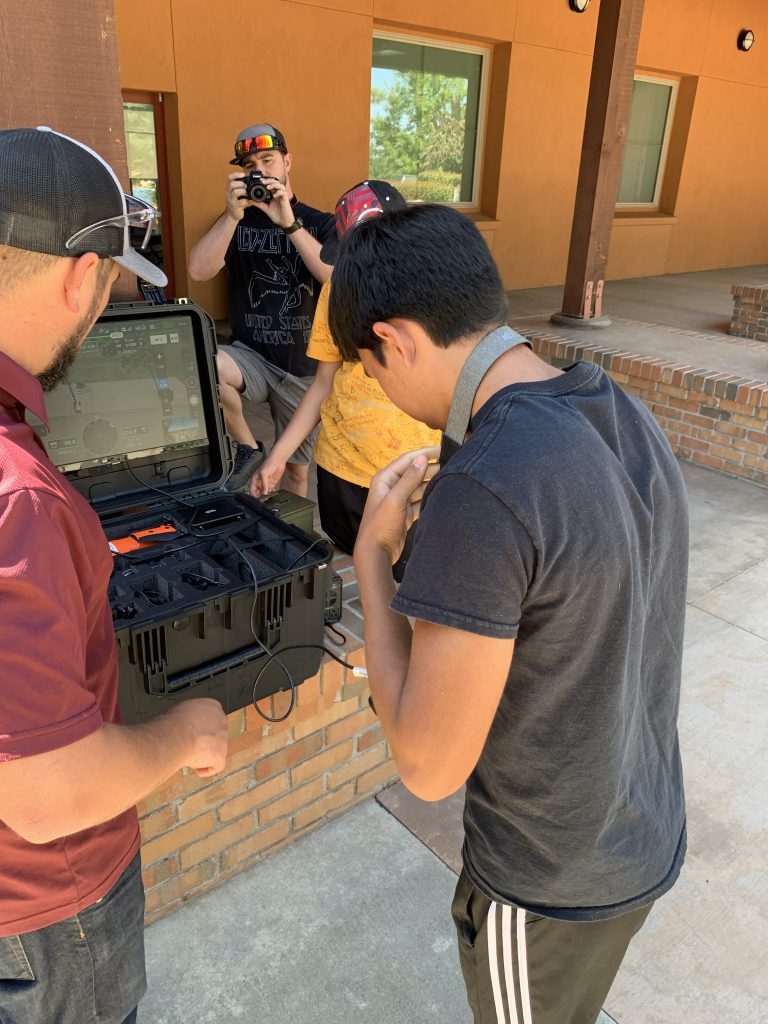
We also put Charles in touch with DJI, which allowed the Foundation to get access to drones on loan. This meant that the students were able to use DJI Mini 2 drones when not flying our larger platforms, giving them even more flight time and experience across the weekend.
On the final day of camp, the students rounded off their experience by giving individual presentations to an audience of industry professionals, county schools leadership, the local parks department, parents, and other members of the community. They each put together a 3-minute video showcasing the footage, thermal imagery, and photography they’d taken, as well as mapping work they did with the various drones. The students also answered questions from the audience and wrapped up the event with flying demonstrations.
Charles Brooks, of the Rebuild Paradise Foundation, said: “Gen-Pac has been – and continues to be – an incredible resource, supporter, and partner in everything we do to support the recovery of our community… I knew if we could get Aaron [Lambert] or a team member there with some demo equipment, our students would get a whole new level of experience and access. Well, Aaron [Lambert] and his team member Chad delivered big time.
“I am confident that our camp would not have had the same level of impact and impression on our students had Gen-Pac not said yes.”
So, the event was a resounding success. But why teach these students about drones in the first place? That’s because drones are a key tool in the fight against wildfires, both in terms of prevention, and gathering data to rebuild afterward.
Drones and the fight against wildfires
Drones are becoming invaluable tools in the fight against wildfires, both as a preventative measure, and to help survey the damage following a fire. This is why GenPac wanted to help the Rebuild Paradise Foundation train the drone pilots of the future, so they can help their communities limit damage from wildfires, and assist in rebuilding after a wildfire occurs. Find out more info about this on our other post: Utilizing Drones During Wildfires
Inspection
After a fire has occurred, one of the primary ways drones can help is as a tool to survey and inspect the damage that has been caused. Drones can collect this data much quicker and much more accurately than teams on the ground, or teams using helicopters. Teams on the ground are slow, and often have to take many more precautions due to health and safety concerns. They also can’t get a bird’s eye image that a drone can.
While helicopter crews can get that bird’s eye image, there are issues with this method too. Similar to having boots on the ground, there are safety concerns around flying too close to the ground. Additionally, chartering a helicopter is very expensive.
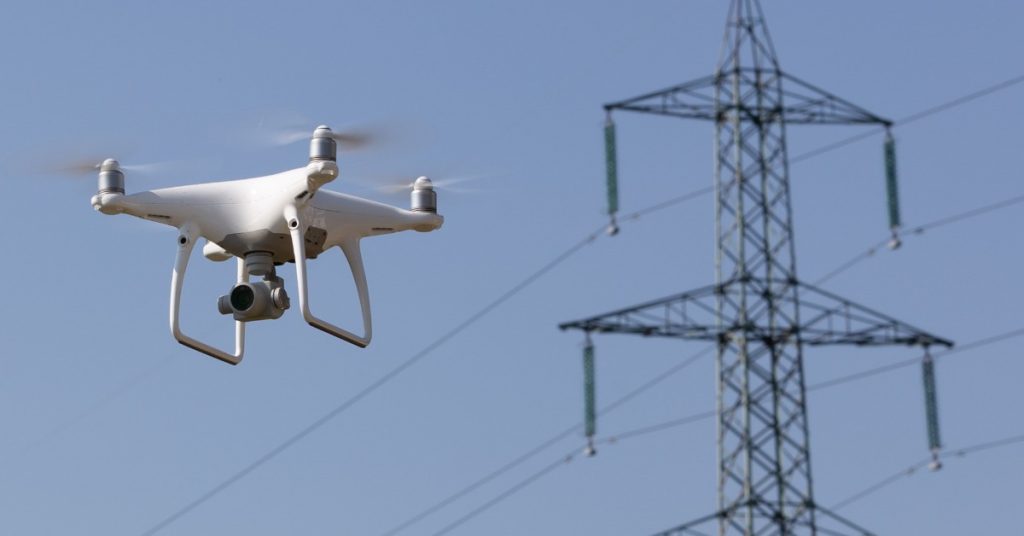
On the other hand, drones are quicker and cheaper than deploying either ground crews or helicopter crews. They can get more data in less time, which is invaluable to teams in charge of rebuilding. It is impossible to start a rebuild until the affected area has been completely surveyed, something that takes a long time when done the old-fashioned way.
Drones are safer
Compared to using ground crews or chartering a helicopter, drones are a much safer way of gathering data from a wildfire site. They can get more information in less time with little to no risk to human safety. On the other hand ground crews – and to a lesser extent helicopter crews – are putting themselves at considerable risk every time they go out to survey a wildfire site. The worst thing that’s likely to happen is that a drone could become damaged or destroyed, in which case the worst impacts are financial.
Wildfire Mitigation
Drones can also be used to mitigate wildfires, and either stop them or prevent them from becoming as devastating when they do occur. They do this by assisting with controlled burns. A controlled burn is where a section of vegetation is purposely burned in a controlled manner, in such a way that helps to protect highly populated areas.
Drones can assist in this process by carrying out an inspection from above, which gives the authorities the data they need to plan a controlled burn. Once they have all of the information required, drones can also be used to carry out the controlled burn with no need for human intervention. This is incredibly useful, since carrying out controlled burns on the ground or via helicopter is fraught with health and safety risks.
Drones are now an essential tool in the fight against wildfires worldwide. Want to learn more? Contact Chad Nelson, an industry leader in utility drones, for more information: [email protected] or online at www.GenPacDrones.com